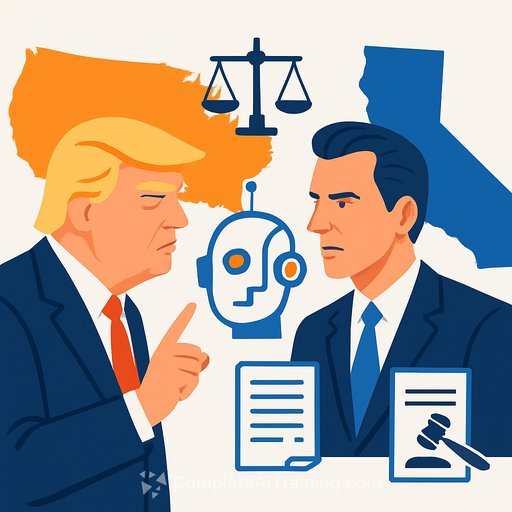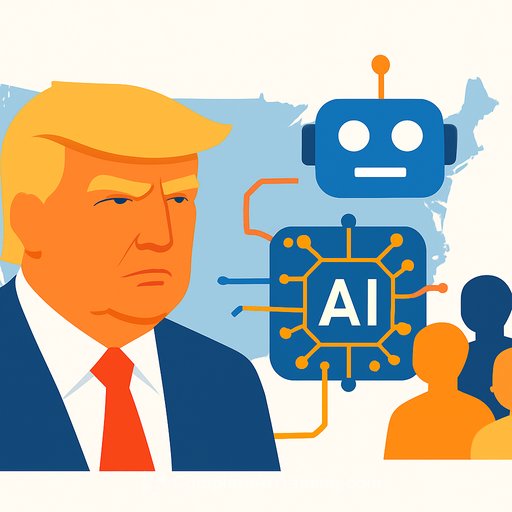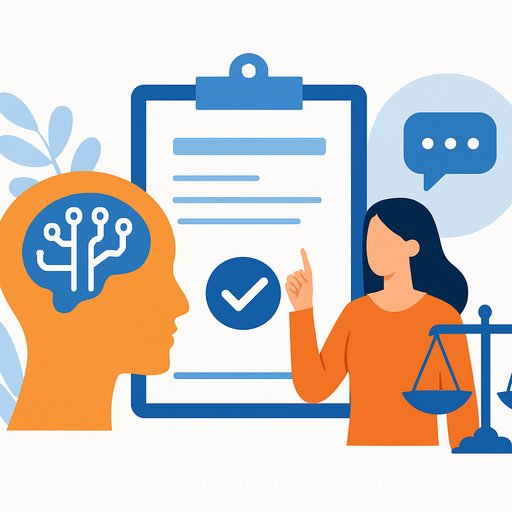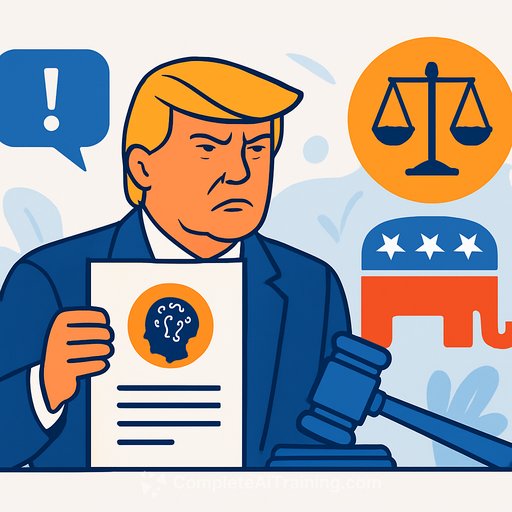The Evolution of Generative AI in the Legal Sector
Almost three years have passed since ChatGPT's debut, and the legal industry is actively engaging with AI technologies. This engagement, however, varies significantly across the sector. What “embracing AI” looks like depends largely on the type of legal entity and its specific needs.
The legal market isn’t uniform. It includes in-house lawyers within corporations and government departments, private law firms, and barristers’ chambers. Their approaches to AI differ due to factors like size, culture, practice focus, and geography. Courts, arbitration bodies, and other legal service providers add further complexity, making a one-size-fits-all AI strategy unrealistic.
Yet, several trends emerge clearly:
- Corporate legal departments generally adopt AI faster than private practice firms.
- The overall use of AI within the legal sector is increasing steadily.
- While many legal professionals use free AI tools like ChatGPT for minor tasks, paid and specialized AI solutions (such as Microsoft’s Copilot) are gaining ground for business-critical functions.
- By 2025, the focus will shift from the novelty of AI to maximizing its value, maintaining professional standards, and managing its impact on legal services.
These observations hold true especially in US markets but also align with experiences in the UK.
New AI-Related Workforce Challenges in the Legal Sector
Extracting value from AI and managing its effects requires a deliberate rethinking of management policies and workflows. This begins with a clear roadmap for AI integration, which should include:
1. Aligning AI with Strategic Objectives
Review your organisation’s goals to ensure AI tools support them. If not, adjust strategies or the AI approach accordingly.
2. Cultivating a Supportive Culture
Everyone from junior staff to senior lawyers must understand why AI is being introduced, the support available, and how it will affect their roles. Leadership plays a crucial role in fostering this mindset and guiding the transition. Expect new executive and support positions focused on AI management to emerge.
3. Evolving the Lawyer’s Skillset
AI will change what skills lawyers need. New capabilities like AI literacy will become essential, achievable through training programs or updates to legal education. More importantly, AI will free lawyers from routine tasks, allowing them to focus on analytical, creative, and client-facing work that machines cannot replicate.
Clients expect AI to elevate the quality of legal advice rather than simply reduce costs. This shift means lawyers can spend more time strategizing and communicating, areas where human judgment remains critical.
However, this brings a training challenge. Junior lawyers traditionally gain expertise by handling routine work that AI might now automate. How they will develop into skilled practitioners without this foundational experience remains an open question. The profession will need to rethink training and education, potentially creating a divide in skill levels over time.
4. Creating New Roles
As AI integration deepens, demand will grow for roles specializing in AI compliance, ethics, training, and IT support. Some of these may evolve from existing positions, while others could become entirely new career paths.
Conclusion
The legal sector’s approach to AI is diverse and still in an early phase. Over time, AI’s influence on legal work and workforce structures will become clearer, though some disruptions are inevitable. History shows that innovations often become routine parts of professional life.
A fitting reflection comes from Queen Victoria’s 1842 remark after her first train ride: “I am quite charmed by this new way of travelling.” AI may similarly become an accepted and valued part of legal practice.
Your membership also unlocks:






